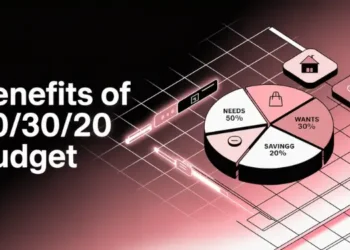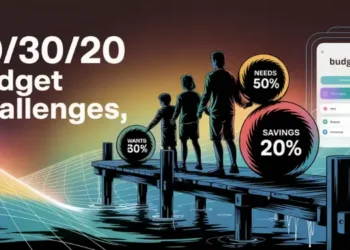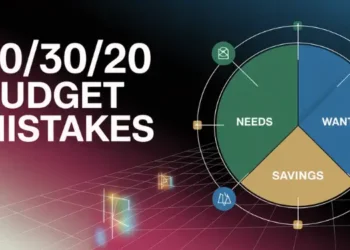In Maine, storms can come fast. Your 50/30/20 budget can change quickly too. I once saw a job layoff come without warning.
Does one phone call change everything? According to a Pew Research Center study, 60% of U.S. households experienced a financial shock in the past year. “Change demands a fresh look at every dollar,” a neighbor said. I recall juggling new childcare fees. Visit this budgeting playbook for a quick ratio: 50% needs, 30% wants, 20% savings.
Quick hits
- Adapt your plan under stress
- Track each line of spending
- Divert extra funds to debt
- Boost your rainy-day fund earlier
Reevaluate income changes and new obligations
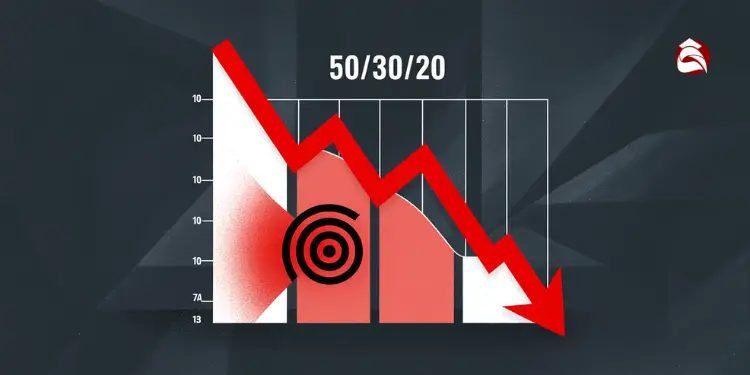
We’ll look at these changes like a tide. A raise or extra weekend money can help our finances. But, new costs like better gear or insurance plans might come too.
Let’s see how these changes affect our 50/30/20 budget. At Pine Coast Bank, we teach to watch net pay closely. Then, adjust spending as needed. A simple 50/30/20 budget calculator helps us step by step.
Emergency savings can mitigate financial shocks; families with three to six months’ worth of expenses saved handle unexpected costs far more effectively Ref.: “How Do Families Cope With Financial Shocks? (2015). Pew Research Center.” [!]
Calculate Net Pay After Promotion Raise
Your bigger take-home might mean new taxes or more deductions. We check each pay stub to see how much we really get. In Portland, families may see a 4% monthly increase in net pay following raises, though this can vary based on tax brackets and deductions. This can change how much is taken out for taxes.
Include Side Hustle Cash Flow Variations
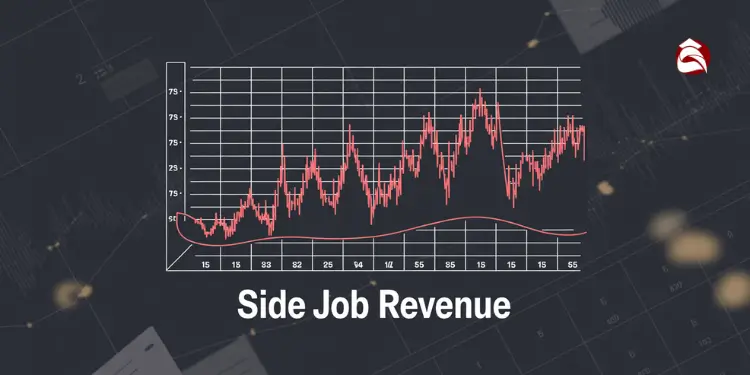
Many people have side jobs. A lobster-roll stand or tutoring can boost earnings one month, then drop the next. We track these changes in our budget. We update this figure weekly to stay on track, cutting back if income falls.
Independent work is booming: 36% of employed Americans now identify as independent workers, necessitating dedicated buffer accounts for irregular income streams Ref.: “McKinsey Global Institute. (2022). Freelance, side hustles, and gigs: Many more Americans have become independent workers. McKinsey & Company.” [!]
Identify overspending patterns in flexible categories
In Maine, a stray lobster trap can snag a boat’s hull. Hidden overspending does the same to our balanced budget. We’ll spot these pitfalls before they drag us under.
Analyze Card Statements for Impulse Triggers
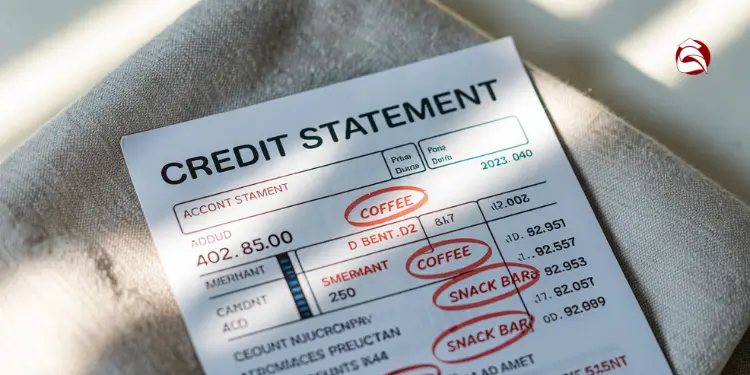
Grab your latest bank statements. We’ll highlight questionable coffee runs or last-minute fast-food splurges. Look for small amounts that repeat and tally fast. These subtle leaks add up quickly.
- Underline identical charges that appear more than twice
- Note emotional triggers, like stressful weekdays or late-night cravings
- Record categories where you exceed your usual weekly allowance
Set Weekly Spending Caps in Apps
Budgeting tools, such as Mint or PocketGuard, give you a cap for groceries, dining out, or entertainment. Their instant notifications keep our discretionary habits on course. This reality check prevents overshoot.
Stopwatch Tip: Set a 15-minute timer and review your top three impulse categories. Then lock in a clear weekly limit right now.
Rebalance percentages to match current financial priorities
We’ll adjust our money plans when life gets tough. Big changes like weddings or health issues might mean we need to reallocate. It’s like changing the course of a ship to avoid danger.
Some people move from saving 30% for wants to saving more for emergencies or paying off debt. It’s about making smart choices with our money. Remember, the 50/30/20 rule is just a starting point. We adjust it as our needs change.
Shift Funds Toward Upcoming Life Milestones
We might save more for big goals like buying a home or paying for school. Having a special savings account helps keep our money safe until we need it. Setting a goal and watching our savings grow makes it feel achievable.
Increase Debt Payments During Payoff Sprint
Debt can feel overwhelming at times. Paying more on high-interest loans can save us money in the long run. By cutting back on non-essentials, we can put more towards our debt. Every debt payment is a step towards financial freedom.
“Step-by-Step Setup: How to make 50/30/20 budget with clear practical step by step“
Trim fixed expenses through savvy renegotiations
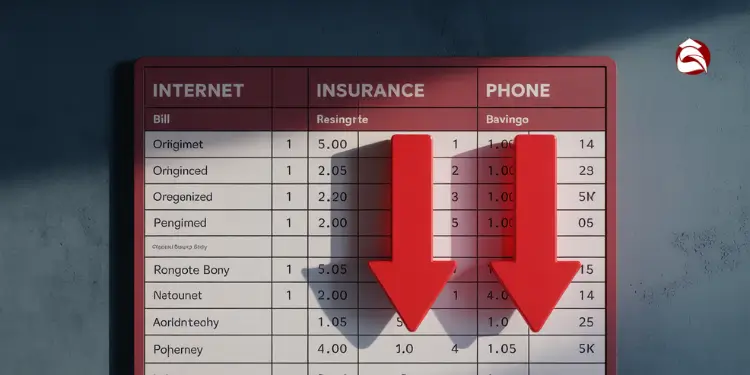
Imagine a skipper in Portland checking lines for leaks. We do the same with bills. We look at monthly costs to find ways to save.
Consumers who negotiate monthly bills can save over $500 annually on average by challenging service fees and leveraging competitor offers Ref.: “SavingK. (2024). How to Negotiate Bills: Guide to Reducing Your Expenses. SavingK.” [!]
“Automate Stability: How to automate zero transfers and auto transfers“
Call providers for loyalty discounts today
We call insurance, phone, and utility companies for better deals. Bundling can save money. Talking to them can help us save more for savings or paying off debt.
- Explain your loyalty and highlight timely payments
- Request promotional rates for continued service
- Ask about perks for combining home and auto policies
“Quick Planning: 50/30/20 budget calculator for quick planning and spending balance guide“
Consider switching services after comparison shopping
New providers might offer special deals. We compare these offers. Saving a few dollars each month helps us reach our goals. For more on budgeting, see this guide.
| Bill | Negotiation Tactic | Possible Outcome |
|---|---|---|
| Car Insurance | Request multi-policy bundles | Lower combined rate |
| Cable | Ask for loyalty discount | Reduced monthly fee |
| Cell Phone | Switch to new plan | Trimming monthly cost |
Increase savings percentage during windfall periods
When we get unexpected money, it’s like finding hidden treasures. We can use it for big goals instead of spending it all.
When faced with windfalls, 65% of Americans prioritize saving or investing the extra funds, making windfall allocation a key opportunity to bolster emergency reserves Ref.: “Empower. (2025). What would Americans do with a windfall? Empower.” [!]
Allocate Tax Refund to Emergency Cushion
Save three to six months of expenses in a special account. This helps when work hours change or bills surprise us. Putting tax refunds into savings helps avoid future problems. Check out this guide for more.
“Navigate Change: 50/30/20 budget breakdown of needs, wants, and savings“
Boost Retirement Contributions with Annual Bonus
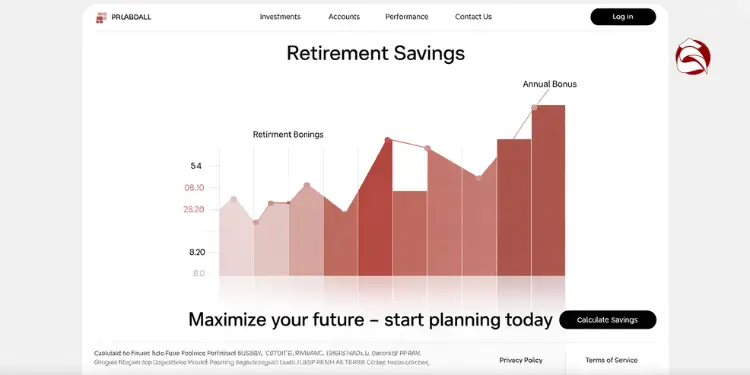
Many people get a pay raise this time of year. We can use it to increase our 401(k) or IRA. This helps our money grow over time. Learn more about budgeting at this resource.
“I treated my first bonus as a license to invest, and it paid off tenfold,” said a local credit-union director.
| Windfall Allocation | Percentage | Reason |
|---|---|---|
| Emergency Fund | 50% | Stabilize essential expenses |
| Retirement | 25% | Grow future nest egg |
| Discretionary | 25% | Small, satisfying treat |
Create review schedule and accountability checkpoints
We check our budget every month like a lighthouse checks the sea. This helps us stay on track with our money. In Maine, families find it helps to review their budget often.
We try to keep our budget balanced, even when life changes.
“Every Dollar: How to budget every dollar the simple way“
Set Monthly Partner Sessions
We meet with a partner or friend every month. This helps us see if we’re spending right. We can make changes quickly if we’re not.
Track Visual Progress
Charts in apps like YNAB and Empower help us see our progress. Seeing our success in charts motivates us. It makes us want to keep going.
Sharing our progress with each other makes it more fun. It reminds us that small changes can make a big difference.
“Budget Basics:
Reward Steady Habits
We set aside small amounts to celebrate financial milestones. Each time we save, we add a little money. This money can buy us a treat.
It gives us a reason to keep saving. Check out 50/30/20 budget for couples for more ways to stay motivated. Celebrating our wins helps us stay on track and reach our dreams.






